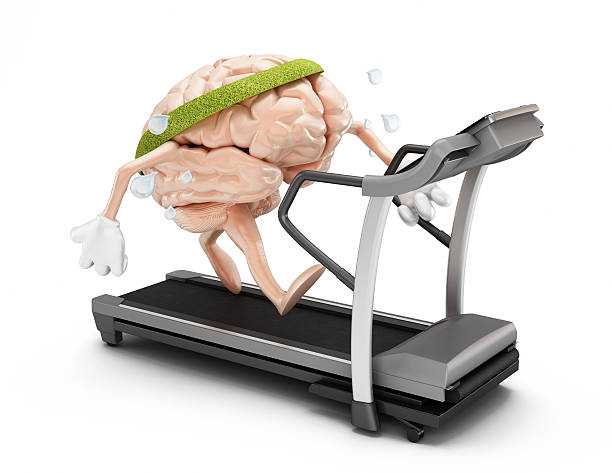Researchers from the German Center for Neurodegenerative Diseases lead by Dr. Ahmad Aziz conducted a study involving 2,550 participants in what is referred to as the Bonn Rhineland Study and found that some areas of the brain are larger in individuals who are physically active than in those who are not. Results of this study were published in the American Academy of Neurology’s Neurology® journal.
The researchers found that even moderate physical activity resulted in a positive effect on the brain. Brain regions that have high oxygen requirements, in particular, were the areas that benefitted from this effect.
Many people know that exercise keeps the mind and body healthy. But what is unknown to many is how and where it affects the brain. In a separate study led by neuroscientist Fabienne Fox their goal was to take a closer look at which areas of the brain benefitted the most from exercise and physical activity. Fox and her team analyzed the Rhineland Study data which was participated by 2,550 adults age 30 to 94. Physical activity data and magnetic resonance imaging data were analyzed. The volunteers wore an accelerometer for 7 days on their upper thigh. The MRI scans, on the other hand, provided information on cortex thickness, brain volume and others.
According to Fabienne Fox, physical activity had a significant effect on nearly all brain regions they studied. The more intense and longer the physical activity, the larger the brain regions became. The hippocampus, in particular, which controls memory, was noticeably larger which means it provided better protection against neurodegeneration.
The results show that even small behavioral changes, like a 15-minute walk a day can have a significant positive effect on the brain and may aid in the prevention of neurodegenerative diseases and age-related loss of brain matter.
Somewhat athletic individuals as well as younger ones who often engaged in moderate to intense physical activity were also found to have high brain volumes. But the highly physically active participants had slightly larger brain regions. The more active a person is, the greater the effect.
The brain regions that obtained the highest benefit from physical activity, Fox and her team searched several databases for genes that are known to be active in brain regions particularly those that aid in the functioning of the mitochondria. Mitochondria gives our body energy, which means it needs oxygen, thereby an increased blood flow.
The analysis also showed that there is a major overlap between genes affected by physical activity and those affected by Alzheimer’s, Parkinson’s and other neurodegenerative diseases. This could possibly explain why physical activity provides a neuroprotective effect.
Individuals should be more physically active if they want to lower their risk of neurodegenerative diseases and to achieve optimum brain health. Even moderate physical activities performed on a regular basis can have a major positive impact. Need more reasons to get a membership at Fitness First?
Here’s a video explaining the benefits of exercise to the brain:
